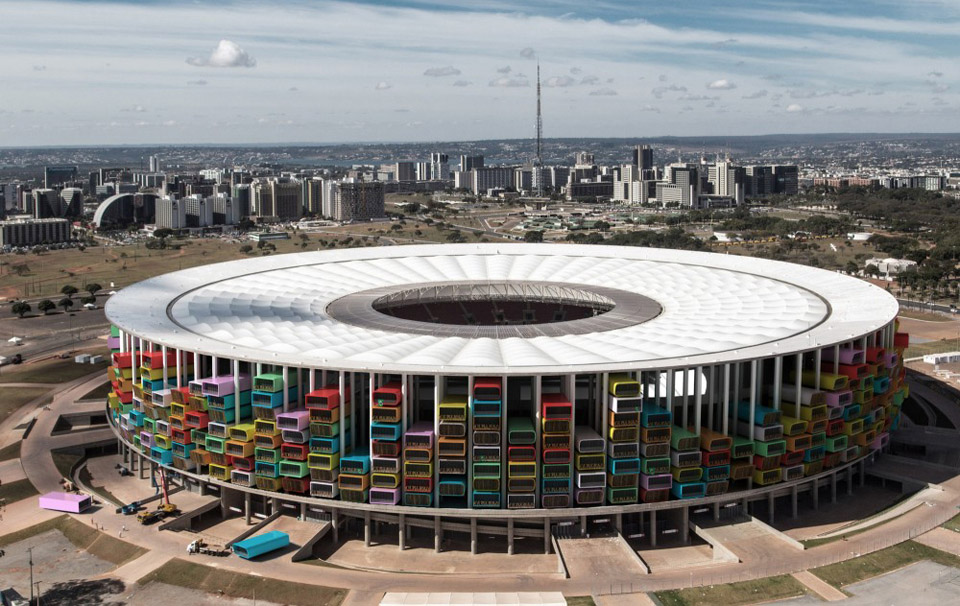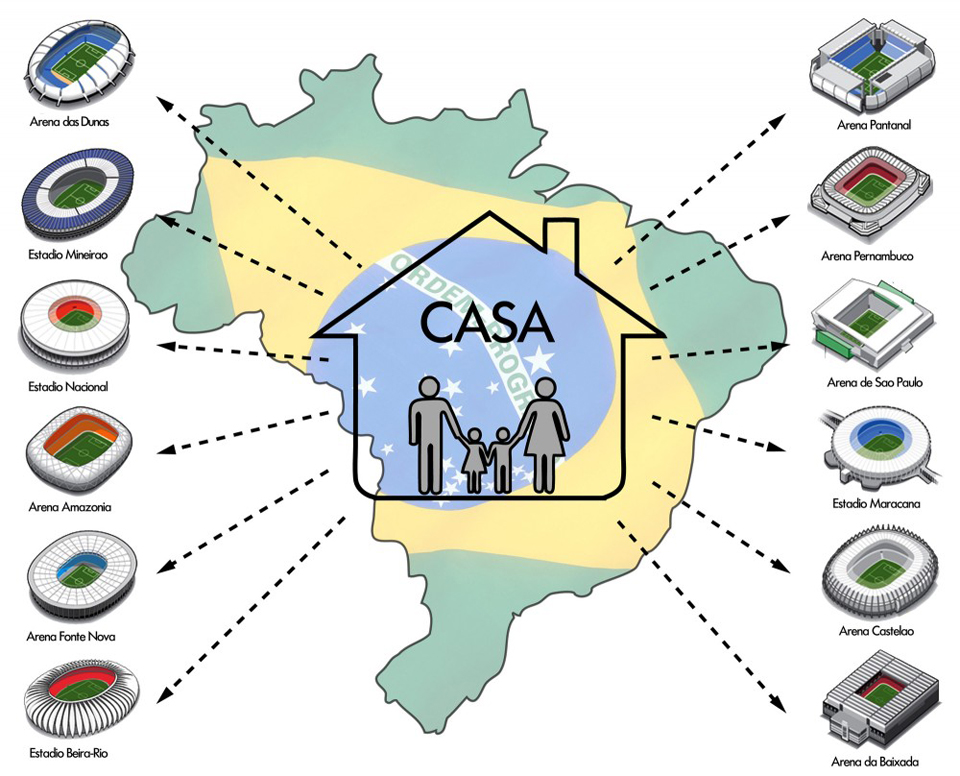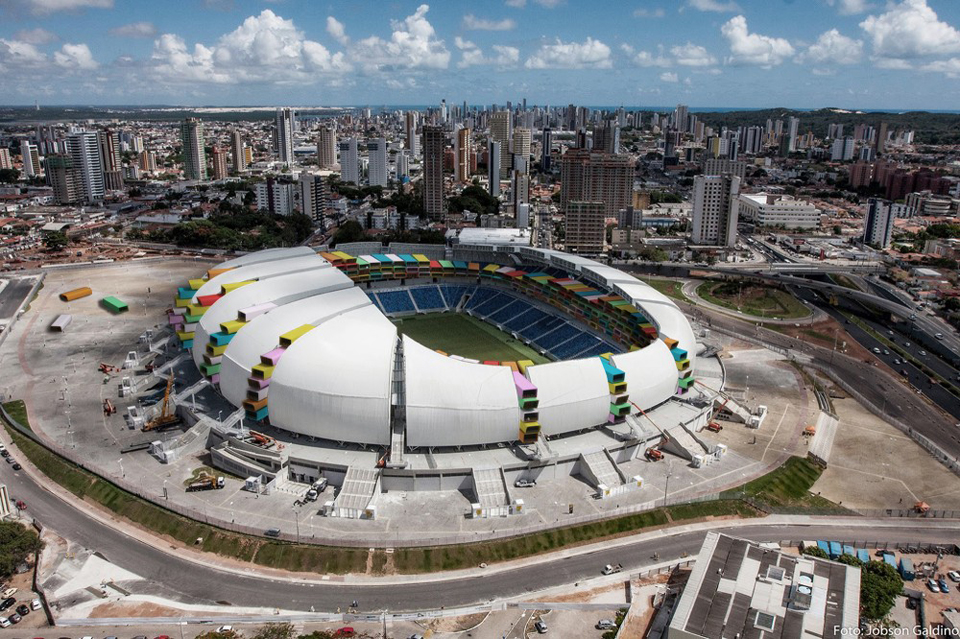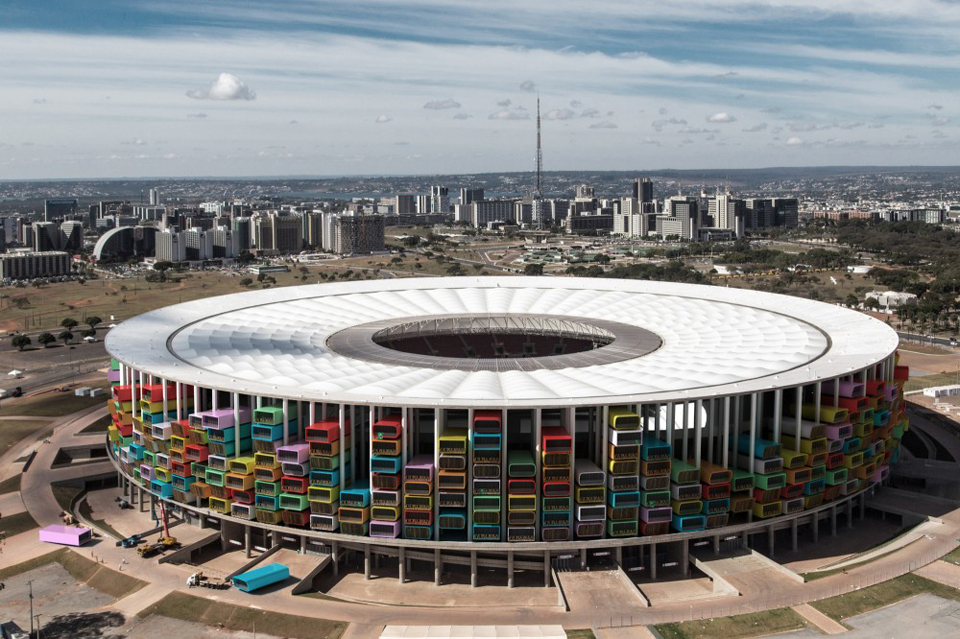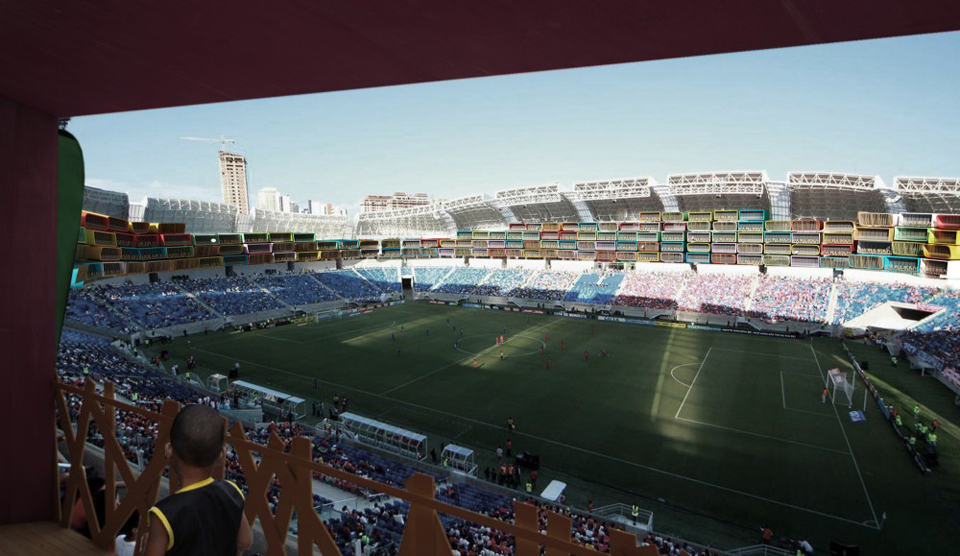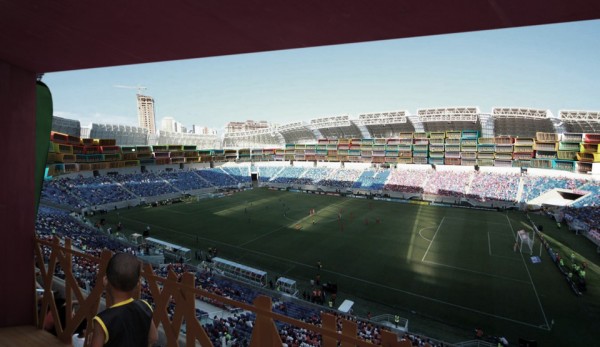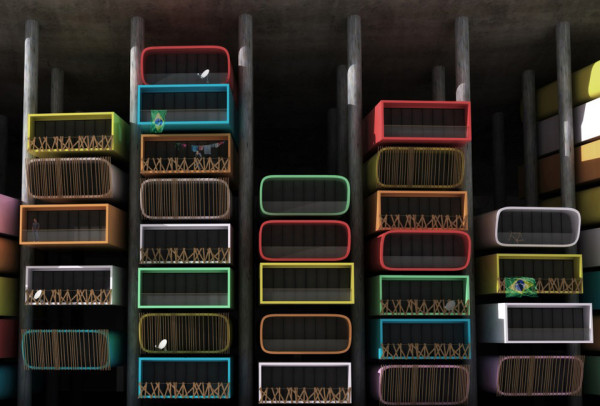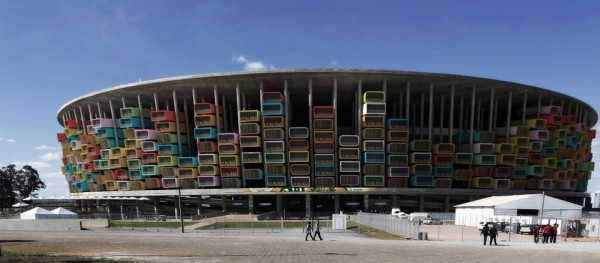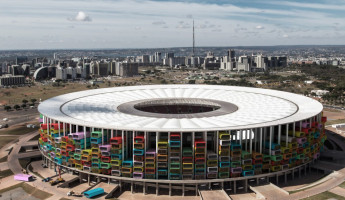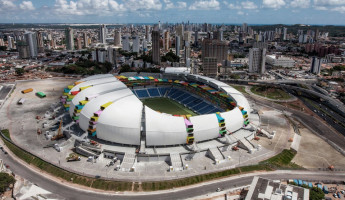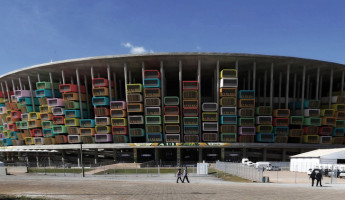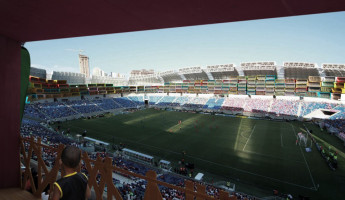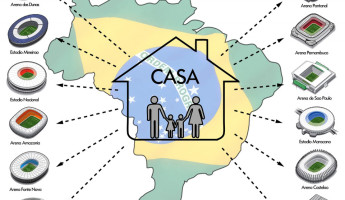The idea was floated by French architects Axel de Stampa and Sylvain Macaux, who have been have been proposing solutions to architectural issues every week for the past 29 weeks on a site called 1 Week 1 Project. In the example below, modular housing units have been designed to fit between the concrete pylons that runs around the outside of the stadium. With 12 different stadiums around Brazil, the design would need to be altered for each venue, which could involve replacing parts of the stands for some. Architects designed the houses so that the stadium could still function as an event space, with part of the money raised from ticket sales being used to finance construction and maintenance of the dwellings. Residents might have to deal with some noise pollution, but it would also mean getting front-row seats to events all year round. The grounds themselves could also be used as public parks, which would provide a place for the community to meet and engage in some regular exercise. View in gallery View in gallery
World Cup Stadium Conversion by 1 Week 1 Project | Gallery
